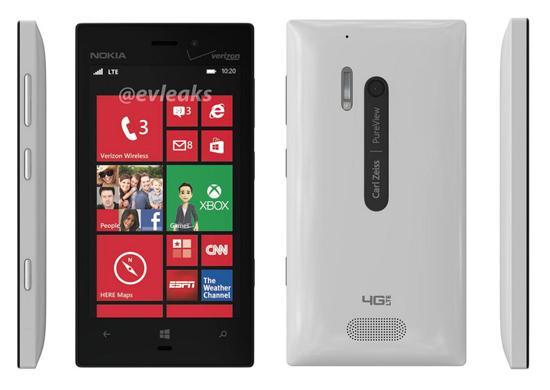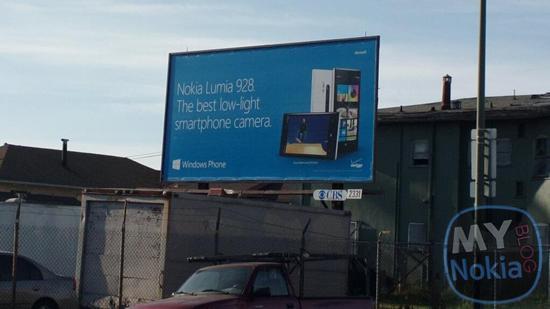
Camera quality ranks high on my list of requirements for a smartphone to be considered a true "hero" device. Since I do not own a traditional point-and-shoot camera, I rely on my smartphone every time to capture the moment. I also rely on it for video recording. While many will try and sell me on the boatload of advantages a digital SLR clearly has, I just can't justify spending that much money on something I'm unlikely to carry around.
Manufacturers are catching onto the consumer's desire to own a smartphone with a high quality camera around back and are starting to market their device's advantages over others. Yet the motive towards more megapixels is starting to get old. Considering how many other factors (software, image stabilization, optics) affect an image's quality after the shot, it's definitely not as easy to sit down and easily convince yourself one picture is better than another because the competition is heating up. Consumers have some truly fantastic options to choose from.
So, manufacturers are taking different pathways to try and attract consumer's to their smartphone cameras. A recent example is HTC's UltraPixel camera on the HTC One. The camera on the One uses an enlarged sensor which retains more light, and after using the device, it's clear low-light performance is where HTC leads the pack.
However, sacrifices were made for an enlarged sensor size, and that was in the image resolution which is only 4-megapixels. HTC says "the quality of each pixel is substantially higher than the industry average," but this is just one example of a trade off made to differentiate the UltraPixel camera from competing smartphone cameras.
I traditionally avoid smartphones which have under-performing cameras because I know what situations my camera needs to produce passable results in. Low-light performance is nice to have, but not necessary, while daylight images take up the majority of my photo gallery. I do not do much photo editing after a shot, so megapixel count never phases me.

But knowing low-light performance isn't as paramount a feature as, say, daylight performance, I'm unconvinced of a device marketed as the "best low-light smartphone camera." This is what a recent image leaked by My Nokia Blog says the rumored Nokia Lumia 928 will use to differentiate itself against other devices.
The Lumia 928 has been tipped to be a Verizon-friendly variant of the Lumia 920 featuring a 4.5-inch display, 1.5GHz dual-core CPU, while allowing simultaneous voice and data support. But Nokia has managed to pack PureView technology into its camera, and this is where Nokia is waging its war against the competition.
Nokia's PureView technology is drool-worthy if taking highly detailed images are on your agenda. The PureView philosophy combines an abnormally large sensor, Carl Zeiss optics, and pixel oversampling (condensing visual information into fewer but "truer" pixels). As you'd guess, the results are stunning, but can a camera really sell a smartphone?
Die-hard Windows Phone fans eagerly awaiting the Lumia 928 to drop are justified in their excitement. By simply mentioning "PureView" to a prospective buyer, you're bound to get a reaction out of someone privy of Nokia's camera tech, but whether or not low-light performance is a feature consumers want has yet to be tested.
And this is where I'm interested to hear your thoughts on the matter, reader. Is strong low-light camera performance enough to garner consumer interest? Does "PureView" sell? Moreover, if the megapixel count of the Lumia 928's camera is at (or near) the industry standard of 8-megapixels, can Nokia's PureView song really sing? Submit your comments to the box below!
Images via @evleaks and My Nokia Blog.